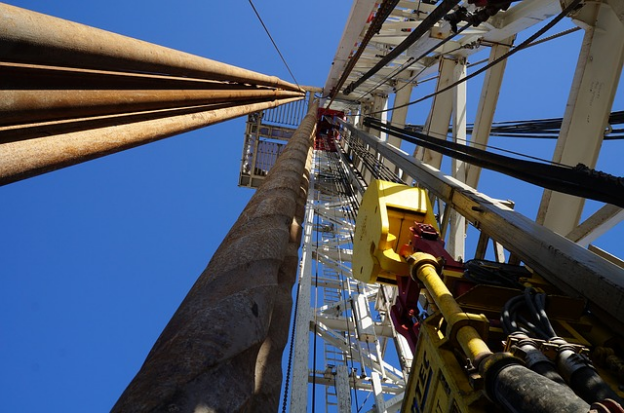Understanding How a Mud Gauge Works

When drilling in an offshore rig or on dry land, you need a tool to monitor the pressure of the mud and provide accurate results. A mud pressure gauge makes the best choice for measuring pressure, even in harsh conditions. It's designed especially for drillers involved in rigorous offshore and land drillings. If you want to learn more about mud pressure gauges , here is a closer look: What is a mud pressure gauge ? A mud pressure gauge is an extremely accurate pressure measuring device that is designed to work in harsh working conditions. These devices are used to measure static mud pressure . Mud pressure gauges have a vibration range of up to 15 Hz and can operate at temperatures as high as 120°C. They are most commonly used in drilling, petroleum, mining, and chemical industries. Mud pressure gauges are mounted on mud pumps to record the vibrations and pressures of offshore and land drilling rigs, including mud, pulp, grease, and high viscosity media (either in paste or crysta





